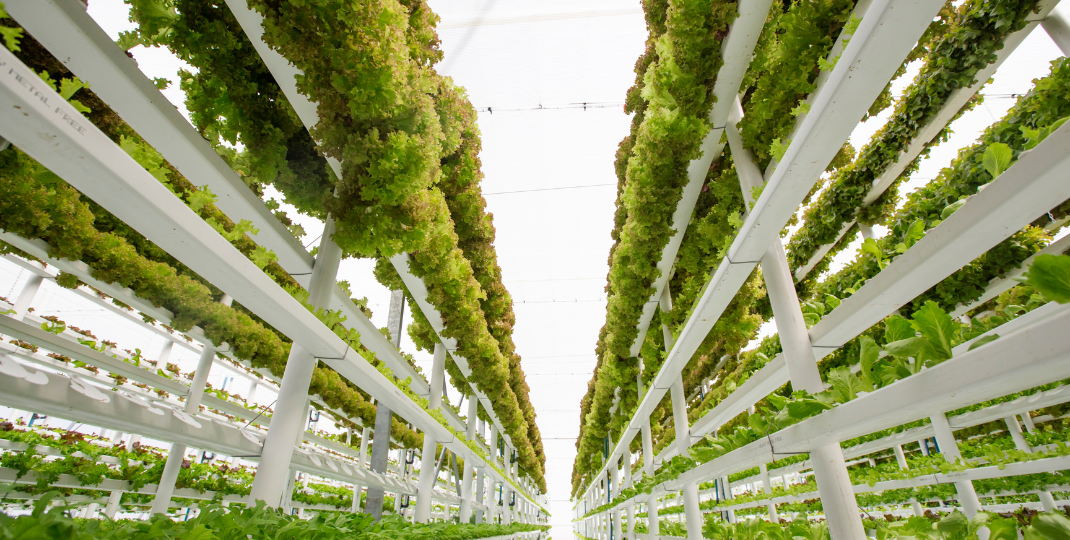Mycoprotein mushroom, also known as Quorn, is a versatile and nutritious meat substitute made from fermented fungi. Packed with protein, fiber, and essential nutrients, mycoprotein mushrooms are becoming increasingly popular among vegetarians, vegans, and health-conscious consumers looking to reduce their meat consumption. With a meaty texture and delicious flavor, mycoprotein mushrooms can be used in a variety of dishes, from stir-fries and curries to burgers and meatballs. Whether you're looking to add more plant-based options to your diet or simply wanting to try something new, mycoprotein mushrooms are a delicious and sustainable choice that will satisfy your taste buds and nourish your body.
Exploring the Process of Mycoprotein Mushroom Production
Mycoprotein is produced through a fermentation process using a type of filamentous fungus called Fusarium venenatum. The production begins with growing the fungus in a controlled environment on a nutrient-rich medium, usually made from glucose, minerals, and vitamins. The fungus then forms mycelium, which is harvested, processed, and purified to create a protein-rich product that resembles the texture and taste of meat. This mycoprotein product can be used as a meat substitute in various food products, such as vegetarian burgers and nuggets.

What are the potential long-term health effects of consuming large amounts of mycoprotein mushroom?
Consuming large amounts of mycoprotein mushroom, such as those found in products like Quorn, may have potential long-term health effects due to its high protein and fiber content. While mycoprotein is a nutritious plant-based protein source, consuming it in excess could lead to gastrointestinal issues such as bloating, gas, and indigestion. Additionally, some individuals may be allergic to mycoprotein, causing potentially severe allergic reactions. It is important to consume mycoprotein mushrooms in moderation as part of a balanced diet to avoid any negative long-term health effects.
Are there any environmental concerns associated with the production of mycoprotein mushroom?
There are few environmental concerns associated with the production of mycoprotein mushrooms. Mycoprotein is typically produced through fermentation using fungi like Fusarium venenatum, which requires less land, water, and energy compared to traditional livestock farming. Additionally, mycelium - the root-like structure of fungi used in mycoprotein production - can be grown on agricultural byproducts, reducing waste and promoting a circular economy. However, some environmental concerns may arise from the use of synthetic fertilizers and pesticides in mycoprotein cultivation, as well as potential emissions from the fermentation process. Overall, the environmental impact of mycoprotein production is generally considered to be lower than that of animal agriculture.
How does the nutritional profile of mycoprotein mushroom compare to other protein sources?
s have a unique nutritional profile compared to other protein sources, as they are low in fat and calories but high in protein and fiber. While mycoprotein mushrooms do not contain all the essential amino acids, they are still considered a complete protein source as they provide a good balance of amino acids. Additionally, mycoprotein mushrooms are cholesterol-free and rich in vitamins and minerals, making them a healthy option for those looking to increase their protein intake while also meeting their nutrient needs. Overall, the nutritional profile of mycoprotein mushrooms makes them a versatile and nutritious alternative to traditional protein sources such as meat, poultry, and plant-based proteins like tofu and beans.
Can mycoprotein mushroom be used as a sustainable alternative to traditional meat products?
Mycoprotein mushrooms, derived from fungi such as Fusarium venenatum, have been touted as a sustainable alternative to traditional meat products due to their low environmental impact and efficient production process. Mycoprotein mushrooms are produced through fermentation, using significantly less land, water, and resources compared to livestock farming. Additionally, mycoprotein mushrooms have a high protein content and can be used as a meat substitute in various dishes, making them a viable option for individuals looking to reduce their consumption of traditional meat products for both health and environmental reasons.

Are there any potential allergenic reactions to mycoprotein mushroom?
There is the potential for allergenic reactions to mycoprotein mushroom, as some individuals may be allergic to certain fungi or protein sources present in mycoprotein. Reactions can vary in severity and may include symptoms such as itching, swelling, hives, digestive issues, or anaphylaxis in rare cases. It is important for individuals with known allergies to mushrooms or fungi to exercise caution when consuming mycoprotein products and consult with a healthcare provider if they have concerns about potential allergenic reactions.
What is the shelf life of mycoprotein mushroom products?
The shelf life of mycoprotein mushroom products typically varies depending on the specific product and packaging, but they generally have a shelf life of one to two weeks if stored properly in a cool, dry place. It is important to check the expiration date on the packaging and follow any storage instructions provided by the manufacturer to ensure the product remains fresh and safe to consume. Refrigerating or freezing mycoprotein mushroom products can also extend their shelf life significantly.
How do different cooking methods affect the taste and texture of mycoprotein mushroom?
Different cooking methods can greatly affect the taste and texture of mycoprotein mushrooms. For example, sautéing or grilling can bring out a rich and meaty flavor, while steaming or boiling may result in a softer and more delicate texture. Roasting can add a depth of flavor and caramelization, while frying can create a crispy exterior. The choice of cooking method can also impact the overall moisture content and tenderness of the mycoprotein mushroom, ultimately influencing the sensory experience of the dish.